Testing the Roll-Line Línea Artistic Skating Frames
Roll-Line is the world leader in artistic quad skate plates. In September 2018, the Italian company started manufacturing a brand-new frame, designed for inline artistic skating: the Línea. This model aims at offering top performances to inline artistic practitioners. It is destined to professionals and demanding skaters. Test bench...
Par Priscillia ARGUIMBAU-BOATTO

A Top-of-the-Range and Innovative Frame
Our Review in Short
The Roll-Line Línea is a subtle, precise and above all adjustable frame. You can adjust it to your skating style, which is its major strong point. It is the most versatile frame we have tested so far. This model provides the sensations that come closest to those of ice skating (compared to Pic Skates and Snow white). It is perfect for inline artistic skating.
Strong Points and Areas for Improvement
 |
Good points+ Solidity and quality of the materials |
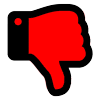 |
Points to improve– No 64 or 68 mm inline wheels available at Roll-Line |
Technical Facts
Brand: Roll-Line
Model: Línea
Origin: Italy
Year of launch: 2018
Material: Machined aeronautical aluminium
Adjustment: 6-position rockering for the center wheel, and 2-position rockering for the rear wheel
Available sizes: 8 – 8 ½ – 9 – 9 ¼ – 9 ¾ – 9 ¼ – 10 – 10 ¾ – 10 ¼ – 10 ¼ – 11 ¼
Mounting: On all boots from 215 to 300 mm
Axles: 8 mm, compatible with all types of 608 bearings
Accepted wheel diameters: from 64 to 76 mm
Provided with: A complete set of tools and Roll-Line Super Professional (Ambra) toe picks
Recommended use: Regular to intensive practice of inline artistic skating
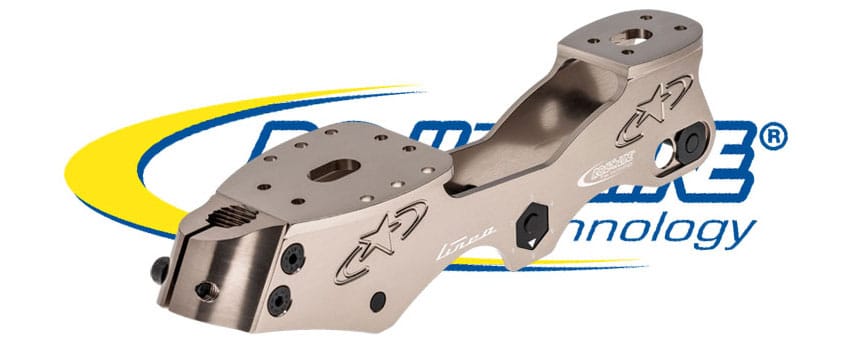
The Roll-Line Línea Frame in Detail
Test Procedures
We tested the Línea frame mounted on the Risport Royal Elite boot (size 36 EU). The frame we tested is quite small (size 36 EU), and yet you will note that 6 screws were set at the front and 4 at the back. The frame was mounted by Roll-Line.
We used the Speed Max outdoor wheels by Snow White (diameter 68 mm, hardness 89A), equipped with ABEC 9 carbon Roll-Line bearings, which are the best bearings from the brand. We placed spacers in-between the bearings to ensure consistency.
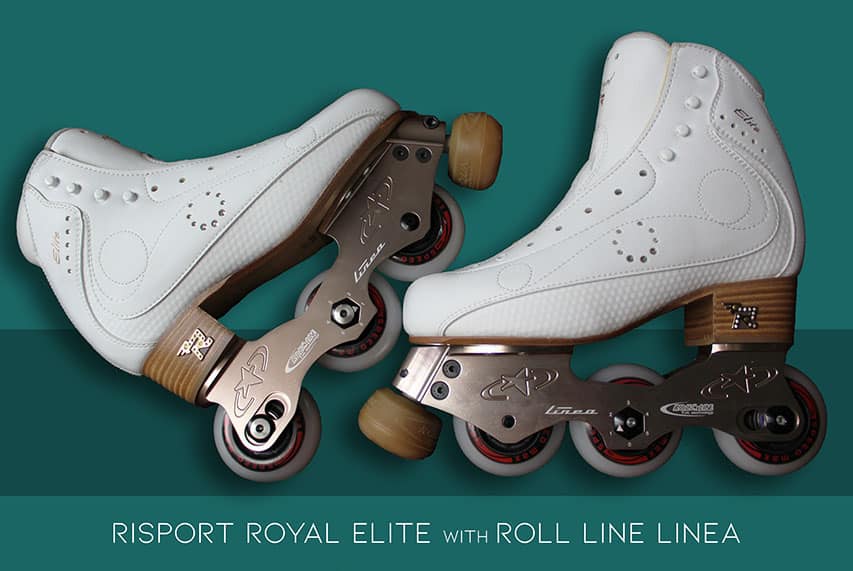
Mass: Imposing but Rather Light
At first sight, the frame seems massive and yet, it is surprisingly light! Mounted on the boot, the set-up (Royal Elite 240C Risport + Roll-Line Línea 9 Platinum) weighs only 850 grams – without the wheels and the toe pick.
Manufacturing
The Roll-Line Línea frame is machined from an aeronotic aluminium block. Machining is a manufacturing technique that ensures high resistance to the various impacts and torsions the frame is subjected to by elite skaters. It is designed to meet the expectations of the most demanding skaters.
Solidity
Everything seems to be made of aluminium, even the simplest parts. There are no plastic parts that could easily break. Roll-Line does not take any risks, which is appreciated. In addition, it is possible to change these parts in case of problems.
There is no central reinforcement bridge, as the frame is very well fixed at the front of the skate, as well as at the back on the heel. It reminds us of the Pic Skate frame on this matter.
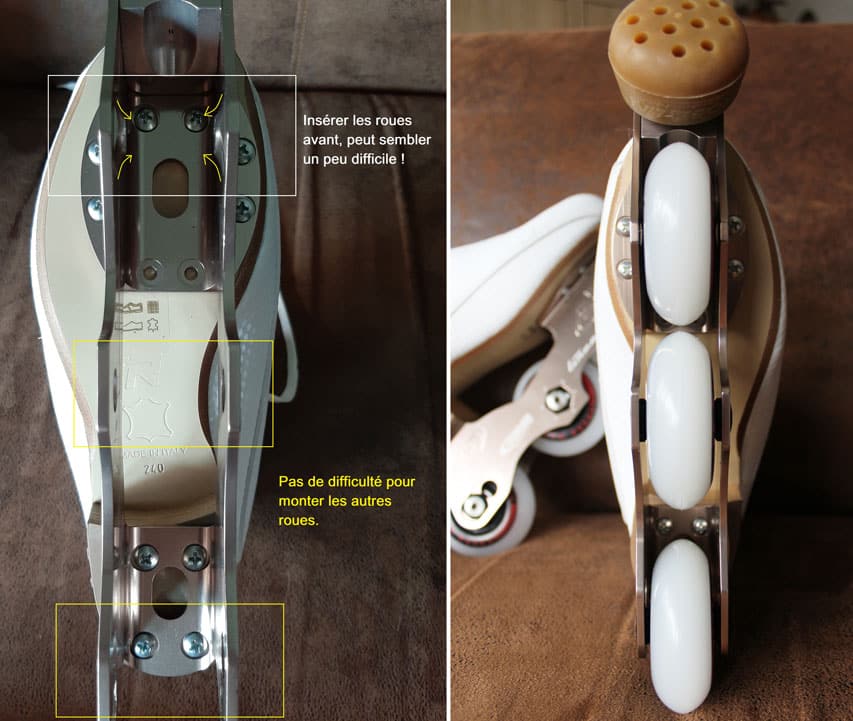
Description of the Línea Frame
The Roll-Line frame is an inline artistic model with 3 wheels. It has a 6-position central rockering system that is unique in the artistic skating world. It also has two different positions for the rear wheel.
Once the three wheels are removed, we notice several very different things compared to the Pic Skates or Snow White frames:
Front wheel: There is one axle (black), because the frame is machined so that you don’t need a spacer like on the other wheels. This only applies to the front wheel. It is a guarantee of solidity and precision, but it does not facilitate at all its disassembly and assembly. You have to force a little to make the bearing fit the frame.
Central Wheel: The central wheel has axle adapters (spacers), two parts (nuts) to adjust the rockering, and one axle.
Rear wheel: Like the central wheel, it has spacers, two nuts to adjust the wheel forward or backward, and one axle.
Last but not least, the toe pick screws directly onto the frame, like that of the Snow White. It is a Roll-Line Super Professional (Ambra) toe pick.
The Roll-Line Línea Rockering
The rockering system on the Línea is remarkable. As we said earlier, it is a unique system that can be adjusted to your skating, your discipline and your level. It consists of a hexagonal nut with 6 positions.
The Different Positions and Their Effects:
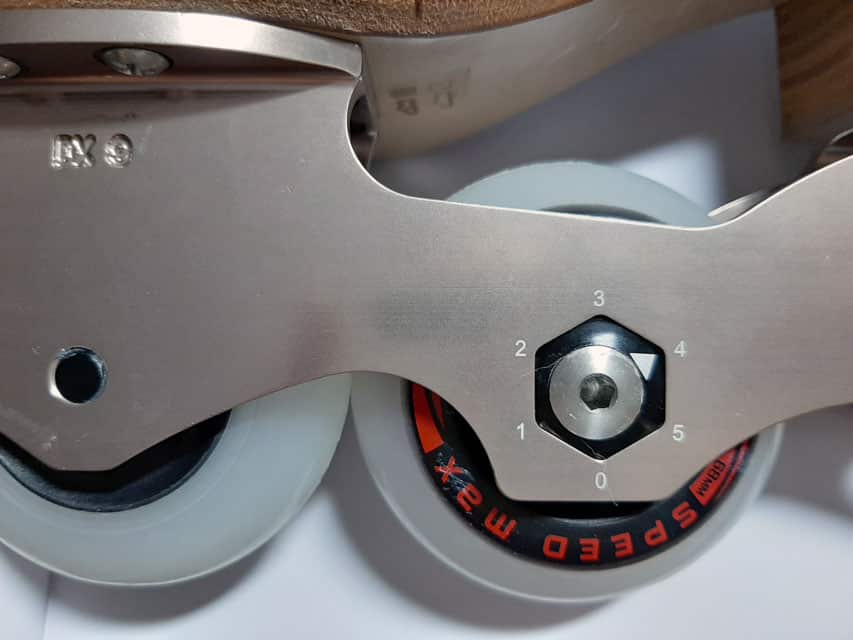 0: The wheel is positioned at the highest and central position. There is no rockering. This is a comfortable position for beginner skaters or skaters used to quad skating. Yi Fan Chen, the 2019 Senior World Champion, uses this position because he is first and foremost a quad skater.
0: The wheel is positioned at the highest and central position. There is no rockering. This is a comfortable position for beginner skaters or skaters used to quad skating. Yi Fan Chen, the 2019 Senior World Champion, uses this position because he is first and foremost a quad skater.
1: Very light rockering, the wheel is placed on the back. Antonio Panfili uses this position.
2: Moderate rockering, the wheel is placed on the back.
3: Central rockering, the most pronounced. A little more pronounced than the rockering of the Pics Skates. Perfect for dancing and turning. Cathy Galière uses this position.
4: Moderate rockering, the wheel is placed on the front. Chiara Censori and Alex Ilici use this position.
5: Very light rockering, the wheel is placed on the front. I don’t know any skaters using this position.
Depending on the size of your frame and wheels, the fourth position can be problematic with new wheels. In our case, for example, with 68 mm wheels and a frame Línea 9, if the wheel is placed on position #4, the central wheel touches the front wheel. This would require switching to wheels with a smaller diameter (64 mm), which leaves less margin with the toe pick at the front, especially since the Roll-Line toe pick is big. However, we have noted that this can still work with slightly worn 68 mm wheels.
To summarize: positions 0, 1 and 5 are more suitable for quad skaters, and positions 2, 3 and 4 are more suitable for ice skaters.
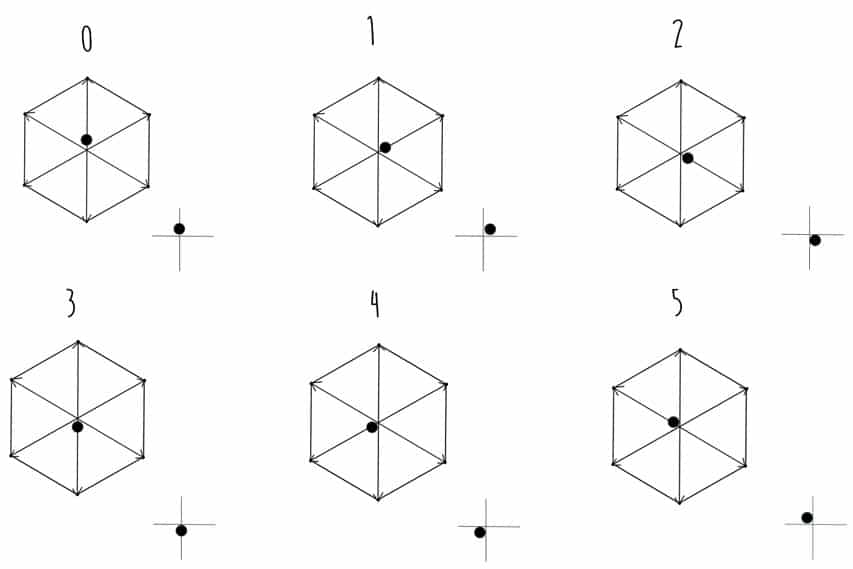
The Rear Wheel
The placement of the rear wheel depends primarily on the choice of the skater, and again on the type of practice. Yi Fan Chen, who, as we said, is a quad skater, has chosen to place his rear wheel in the housing just below the heel (front position) – while an ice skater, such as Alexandru Ilici or Cathy Galière, will position the wheel in the more external housing, furthest from the heel, to have similar sensations to those provided by ice blades.
In Practice: Field Test
Settings: Central rockering notches #3 and #4, and rear wheel in rear housing
Material: Royal Elite Risport boot, Snow White SpeedMax 68 mm wheels, ABEC 9 bearings
Test site: Outdoor basketball court (asphalt)
Basic Skating
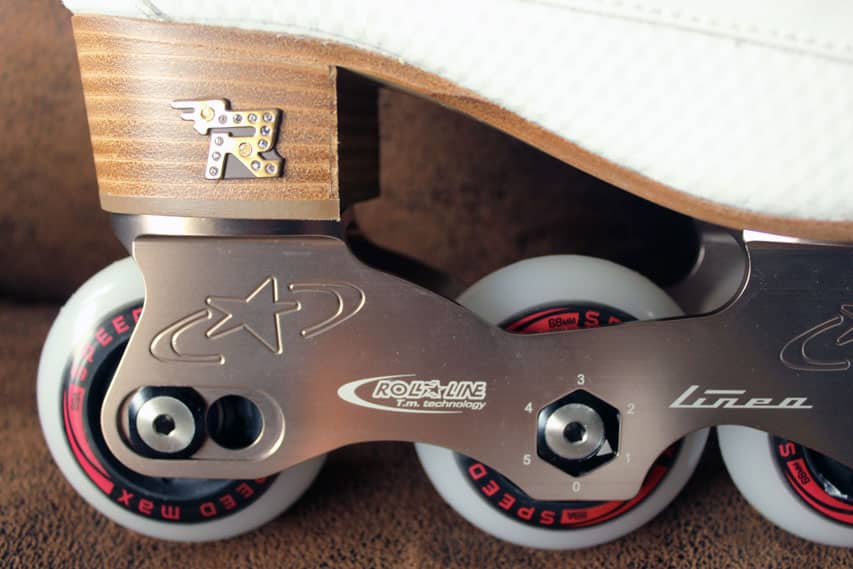 With basic skating (forwards, backwards, braking), there are no differences compared with the other frames. However, you can feel the rockering of the Línea is much more pronounced than that of the Snow White, but quite similar to that of the Pic Skate. Indeed, a skater who is not used to major rockering may have the impression of “slipping” when looking for their bearings.
With basic skating (forwards, backwards, braking), there are no differences compared with the other frames. However, you can feel the rockering of the Línea is much more pronounced than that of the Snow White, but quite similar to that of the Pic Skate. Indeed, a skater who is not used to major rockering may have the impression of “slipping” when looking for their bearings.
The toe pick is quite massive but allows very good starts without any risk of skidding, as it is sometimes the case with the Ball Pic by Pic Skates. Speed is improved thanks to the ABEC 9 bearings and the 89A wheel hardness, perfect for this type of ground. Backwards skating sensations are more subtle and closer to those provided by the Snow White frame, due to the short size of the frame.
For basic skating, you don’t feel the curve of the wheel set-up with rockering #4, but you do feel it with rockering #3.
Jumps
For jumps, we note that landings are more delicate because of the short length of the frame. However, you quickly get used to the set-up. We very much appreciate the quality of the toe pick on toe jumps (flip, lutz, toe loop), which is very wide and allows very high stability and great power. The Royal Elite boots hold the ankle well, while remaining much more manageable than the RF models.
Turns
Rockering #3 of the Línea, is very close to the rockering of the Pic Skates, but slightly more pronounced. This makes turning easier and smoother, especially on twizzles, despite the stickiness and abrasiveness of the asphalt. Once again, the short size of the frame allows more mobility on technical turns (choctaw, rocker, counter-turns, brackets, etc.).
Rockering 4 is interesting, but seems to make turns harder to execute.
Spins
The first spin attempts were very, very convincing. Despite the small frame (small wheels, coupled with a very large toe pick), we were very pleasantly surprised. The quality of the pick allows a very high thrust when launching the spin, and you can spin for a long time. A too large toe pick with a small wheel diameter can disturb your balance during spins.
Even if the hardness of the wheels does not allow them to adhere a lot to the asphalt, the frame ensures very good stability, thanks to the pick and the perfect positioning of the front wheel. However, it remains to be tested if, with smaller wheels (64 mm), the pick is not too disturbing when switching to spins. The pick also wears out less quickly than the Ball Pic.
Make sure to respect the diameter of the wheels according to the size of the frame and the rockering adjustment, otherwise the wheels may touch each other. (This is also the case with the Snow White and the Pic skate.)
Quality/Price Ratio
The price of the Roll-Line Línea frame remains rather high. It is available between 300 and 340 Euros in shops, without wheels or bearings. Some retailers offer the pick, others do not.
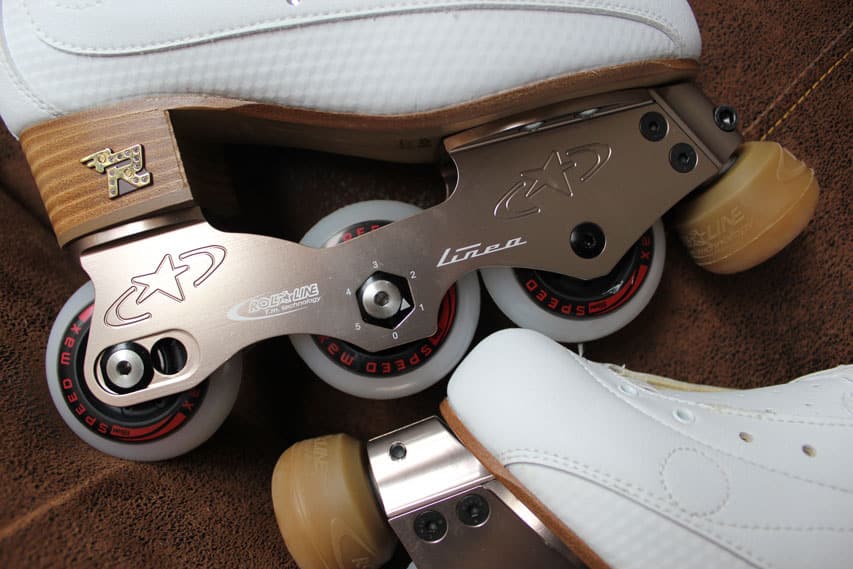
Photo Gallery
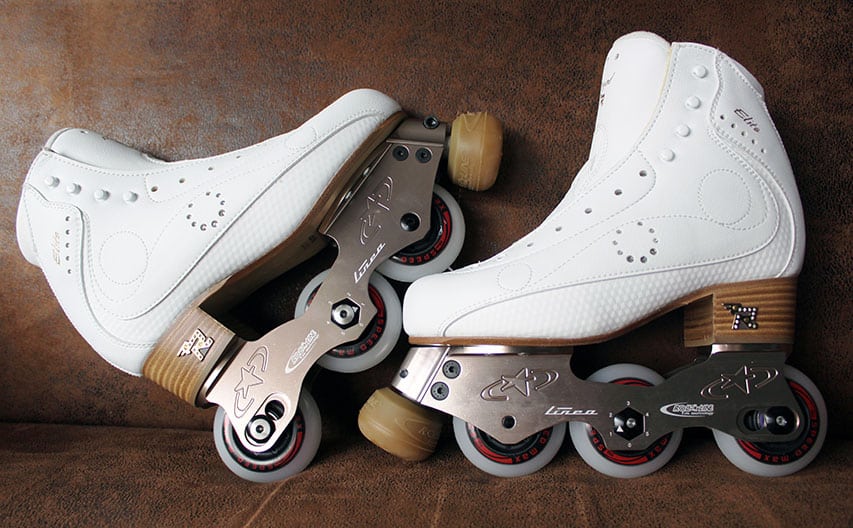 |
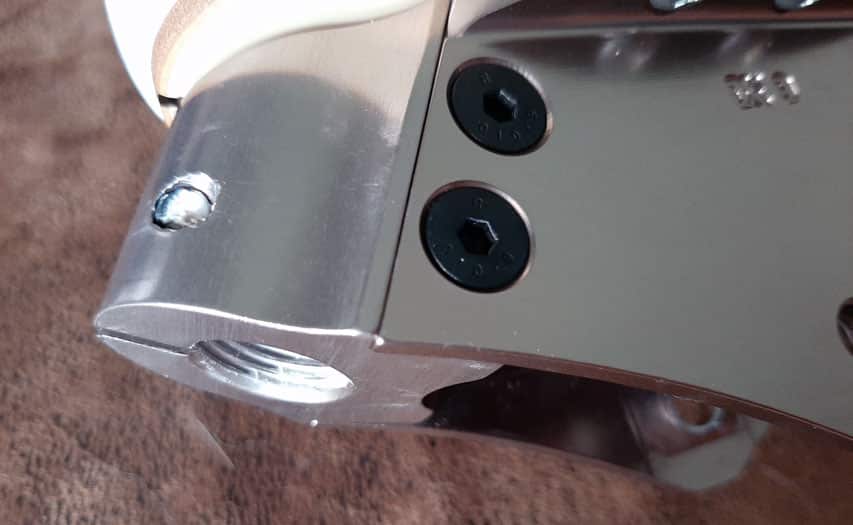 |
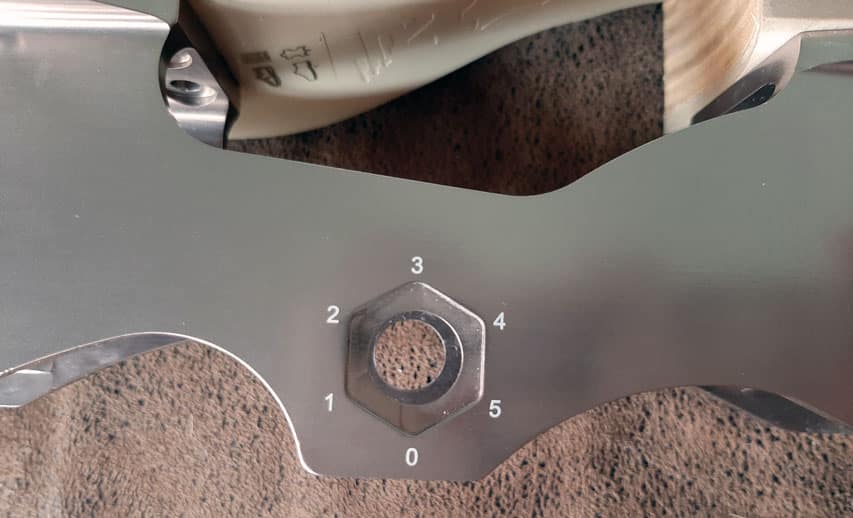 |
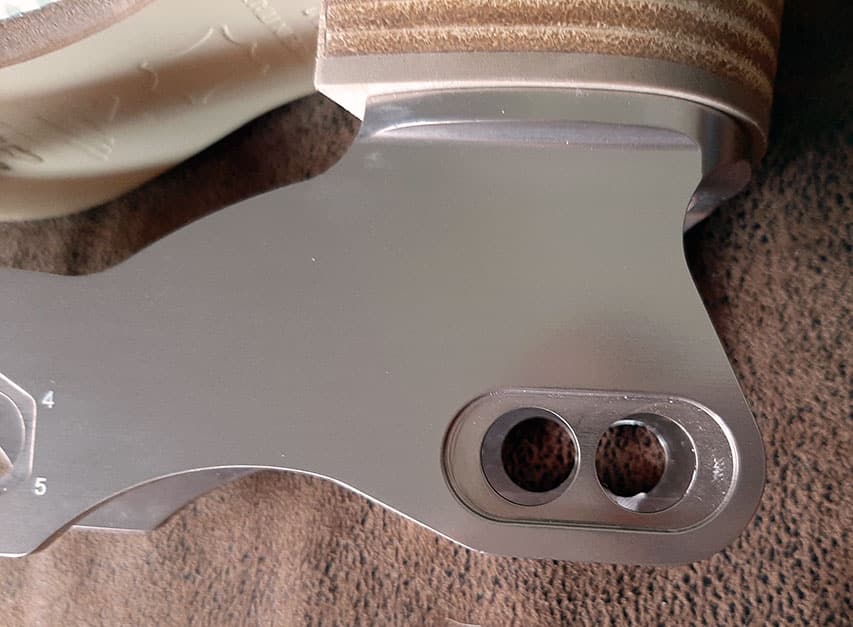 |
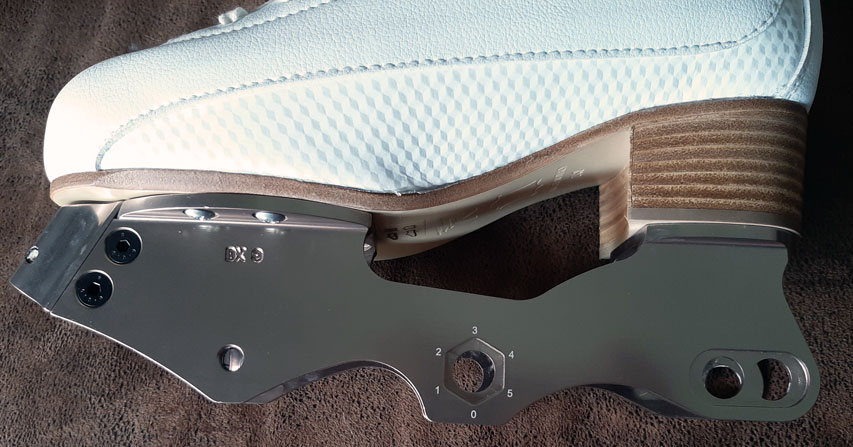 |
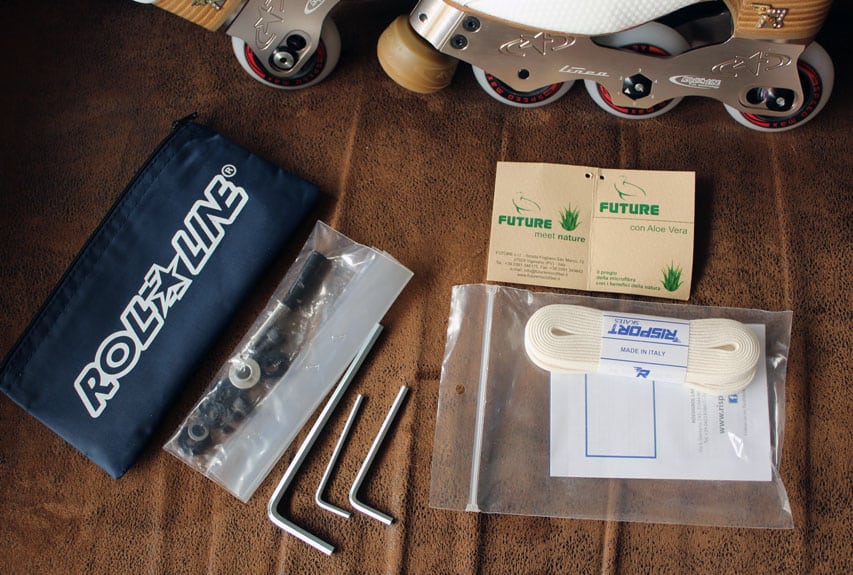 |
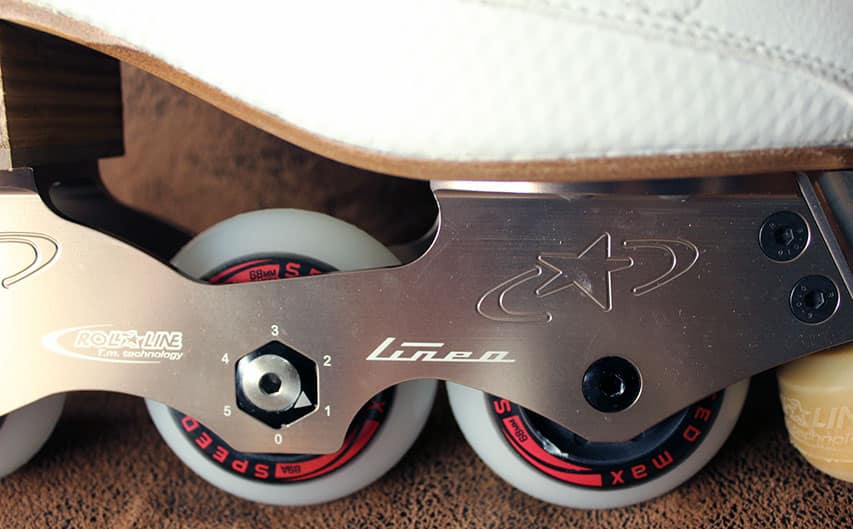 |
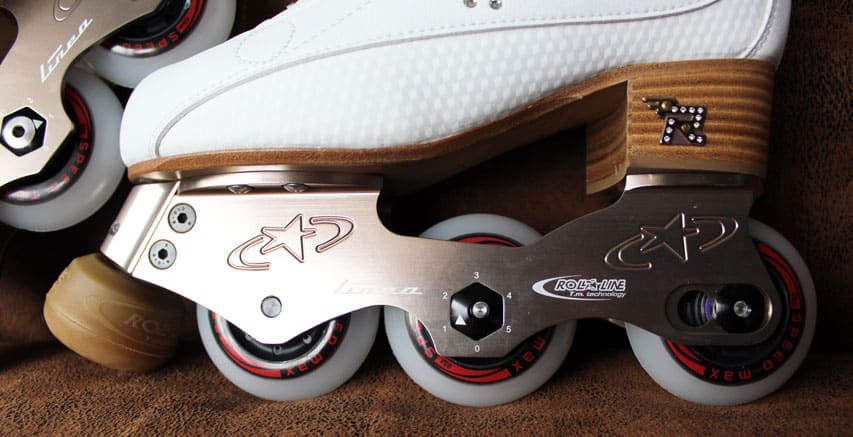 |
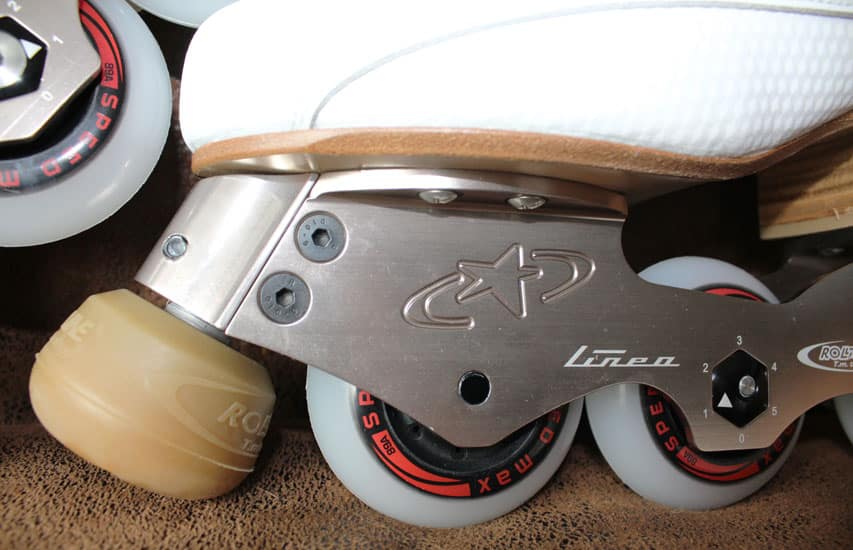 |
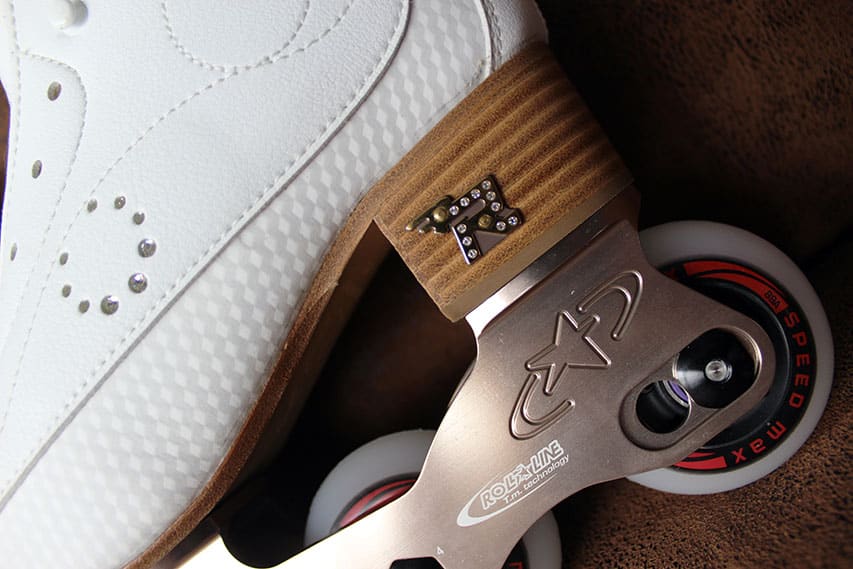 |
